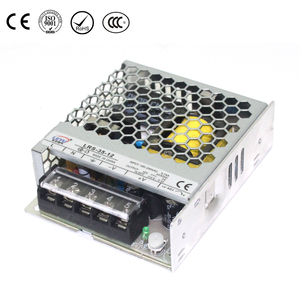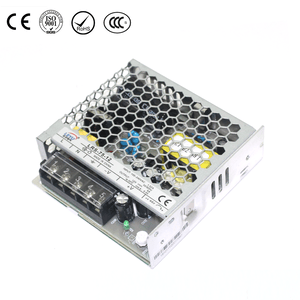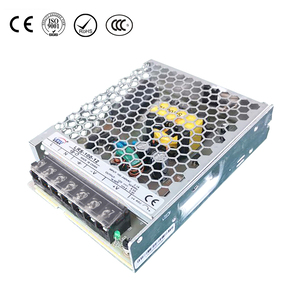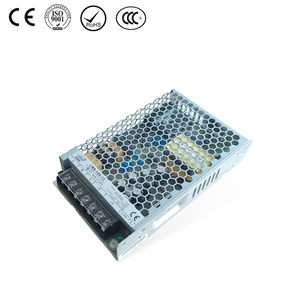Inverter Operating Principle
Date:2025-11-13 03:09:51 Visit:13
An inverter is an electrical device that can convert direct current (DC) into alternating current (AC). In modern industrial production and household appliances, inverters are widely used. So, what exactly is an inverter? What types of inverters are there? And how do they work? Below, we will provide a detailed explanation of the relevant knowledge about inverters.
The working principle of the inverter is very simple. It can convert direct current into alternating current and adjust parameters such as voltage, frequency, and waveform to suit different application scenarios. The internal circuit of the inverter is composed of multiple electronic components, including transistors, diodes, capacitors, and inductors.
There are mainly two types of inverters: AC output inverters and DC output inverters. AC output inverters produce alternating current and are primarily used to control various AC motors, such as those in household appliances like air conditioners, refrigerators, and washing machines, as well as motors in industrial production. DC output inverters produce direct current and are mainly used to control various DC motors, such as those in electric vehicles and robots.
When used as household electrical loads, they are generally divided into inductive loads and resistive loads. Loads with motors such as air conditioners, refrigerators, washing machines, water pumps, and range hoods are inductive loads. The starting power of a motor is 5-7 times its rated power, so when calculating the power of a household energy storage inverter, the starting power of these loads should be considered. The inverter's output power should be greater than the load power. However, for a typical household, since it is unlikely that all loads will be on simultaneously, to save costs, the sum of the load power can be multiplied by a factor of 0.7 to 0.9. In industrial production, inverters can be used for controlling DC motors, maintaining the stability of power systems, and managing power for electronic devices. In household appliances, inverters can be used for controlling motorized appliances such as air conditioners, refrigerators, and washing machines.In addition to the above applications, inverters can also play a more important role when used in combination with other electrical devices. For example, when combined with battery packs, solar panels, and wind turbines, they can establish an independent renewable energy system to provide round-the-clock electricity supply. Moreover, inverters can be used together with motors, resistors, inductors, capacitors, photoelectric sensors, and other components to build various mechanical control systems. The design principle of the components is to meet the daily electricity demand of the load under average weather conditions. In other words, the annual power generation of the solar panel component should equal the annual electricity consumption of the load. Because weather conditions can be below or above the average, the solar panel component should be designed to basically meet the needs of the season with the least sunlight, ensuring that even during the season with the least sunlight, the battery can be almost fully charged every day.
In the future, inverters will evolve towards greater integration and modularization. With the widespread adoption of electric vehicles and distributed energy systems, the demand for inverters continues to grow, driving the process of system integration. The new generation of inverters will increasingly adopt multifunctional integrated designs, not only performing the traditional DC-to-AC conversion but also incorporating functions such as energy management, battery charge and discharge control, and communication interfaces. This integrated design can reduce system complexity and improve overall energy efficiency and reliability.
The future development of inverters will place greater emphasis on sustainability and environmental friendliness. As the world increasingly values clean energy, the design and manufacturing of inverters will take their environmental impact throughout the lifecycle into greater consideration. The use of new materials, the optimization of production processes, and the recyclability of products will all become important directions in inverter technology development. Through these aspects, inverters can not only improve energy conversion efficiency but also play a more significant role in promoting renewable energy development and reducing carbon emissions.




-134213.jpg)



